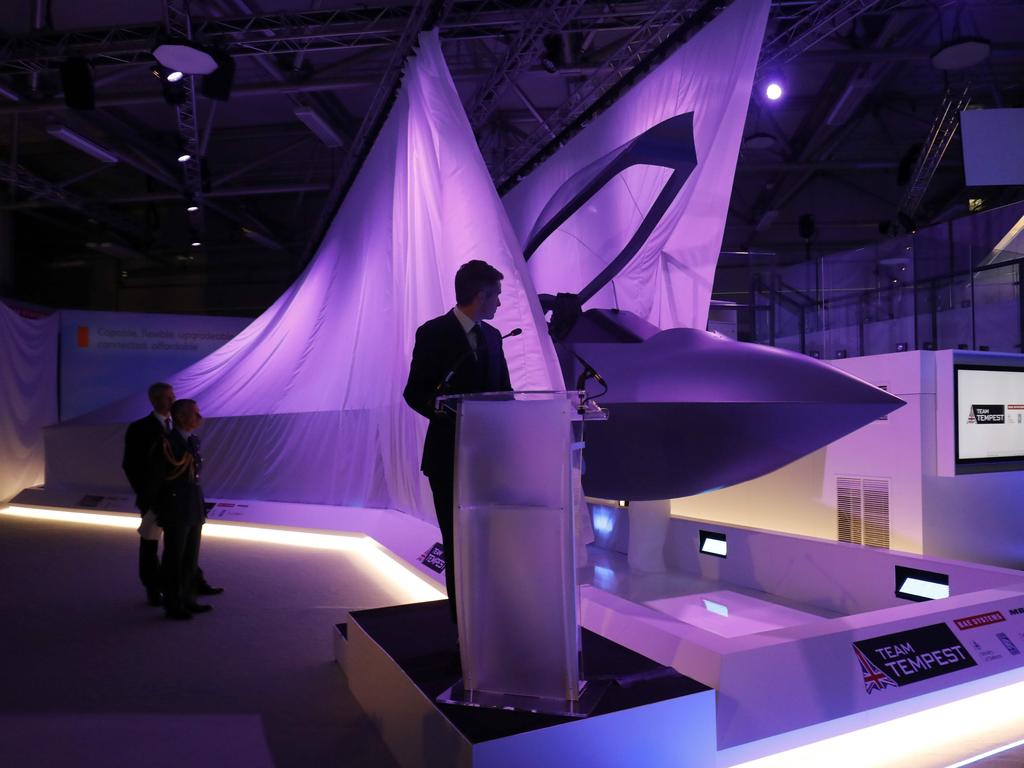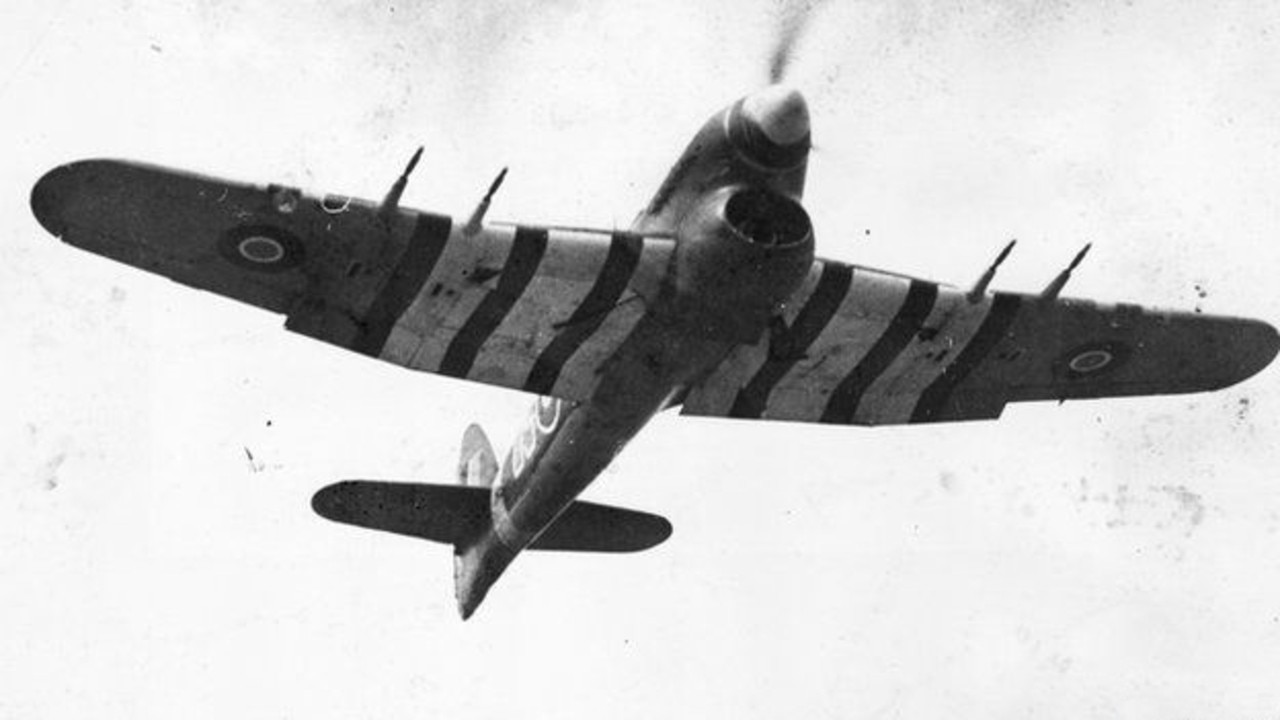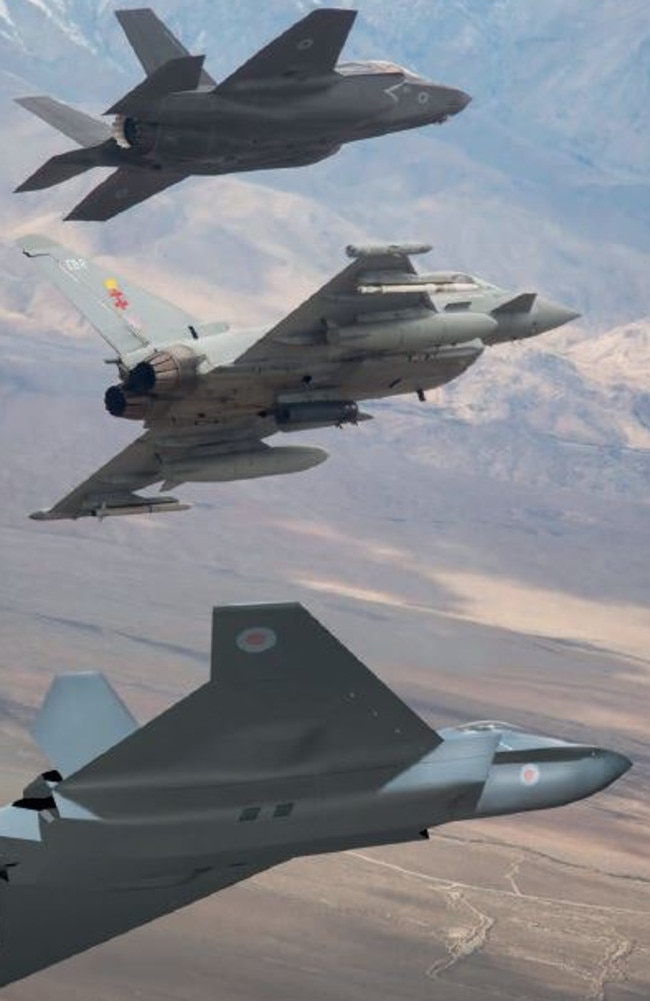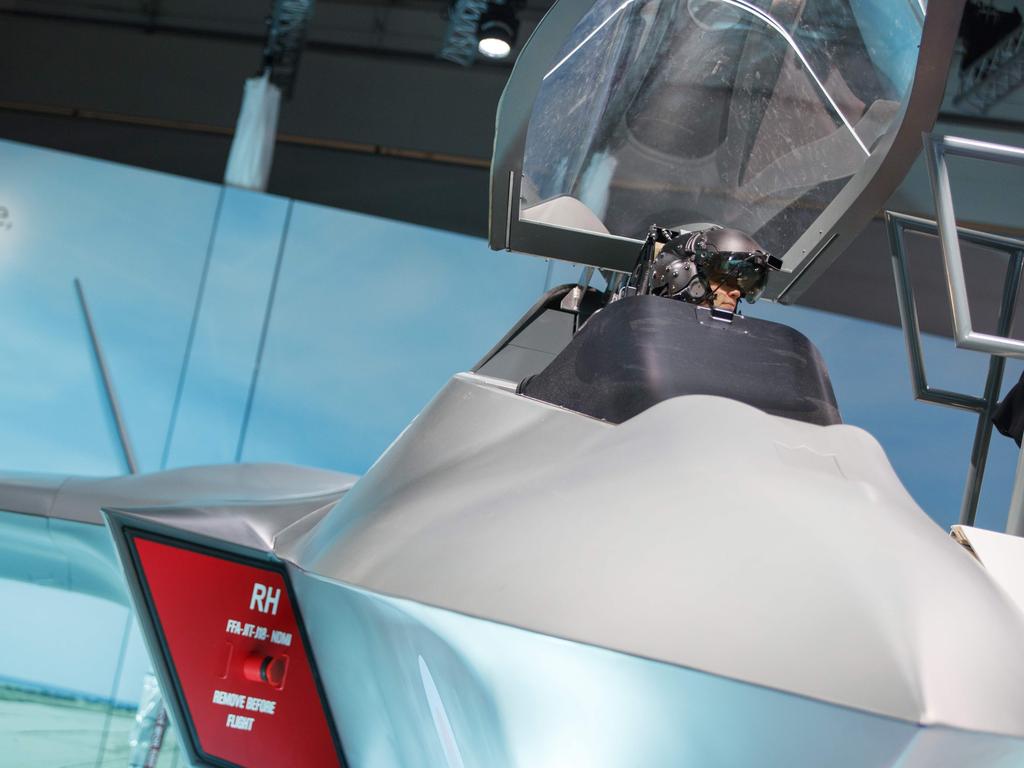Britain is back in the fight for the skies with a multi-billion-dollar plan to build its own stealth fighter
FORGET the F-35: Britain’s on the warpath to design its own stealth fighter. But does it still have the right stuff to build a world-beater like the Spitfire?

THE West has a problem. There’s just one choice when it comes to arming an air force: the F-35. Now Britain has joined the race to build new and better combat jets to restore their dominance over the air.
It’s been dubbed the Tempest.
And it’s certainly flying into uncertain weather.
Britain has sunk $A3.6 billion into the initial design work for the new fighter jet.
But, as Lockheed Martin's F-35 “Lightning II” project has all-too-well proven, the gulf between cost estimates and reality can be enormous.
Today it’s my pleasure to announce Britain’s next generation and world beating fighter jet Tempest at @FIAFarnborough as we launch our Combat Air Strategy - a £2bn investment in an industry that supports 18,000 direct jobs, 100,000 in supply chain & worth over £6bn to UK #FIA18 pic.twitter.com/WRtdt12xCk
— Gavin Williamson MP (@GavinWilliamson) July 16, 2018
It’s because of the F-35’s blowouts — both in terms of schedule and budget — that Britain, Europe and Japan have begun to look elsewhere to meet their needs.
With the advent of Brexit, Britain now finds itself excluded from a French-Geman led fighter project which was initiated in July last year.
So it’s going it alone.

BACK TO THE FUTURE
“We have been a world leader in the combat air sector for a century, with an enviable array of skills and technology, and this Strategy makes clear that we are determined to make sure it stays that way,” Britain’s Secretary of State for Defence Gavin Williamson said while unveiled a full-scale mock-up of the new aircraft at the Farnborough Air Show overnight.
“It shows our allies that we are open to working together to protect the skies in an increasingly threatening future — and this concept model is just a glimpse into what the future could look like.”
But that leadership was a long time ago.
Britain’s ability to stand against Germany and Japan in World War II was in no small part due to its remarkable Spitfire fighter, well supported by other famous names such as the Mosquito, Lancaster, Typhoon and Tempest.

But, despite an initial surge into the jet age, Britain’s combat aircraft industry all but disappeared after the 1960s.
Can adopting the name of a historical success help it find a new future?
The backers of the new Tempest think so.
RELATED: What we know about China’s new stealth fighter
“Team Tempest demonstrates our commitment in ensuring that we continue to build our capabilities, draw upon our experience and history to bring forward a compelling vision for the next generation fighter jet. In last 100 years, the RAF has led the way and today’s announcement is a clear demonstration of what lies ahead,” Britain’s Chief of the Air Staff, Air Chief Marshal Sir Stephen Hillier, said:

REACH FOR THE SKIES
The UK Defence Journal notes the design shows similarities to a proposal submitted by BAE Systems in the 1990s for a fighter aircraft with some stealth capabilities. It was called the Replica.
A test airframe was built. It was subjected to a variety of radar and sensor tests.
The project was abandoned in favour of Lockheed Martin’s F-35.
But it now appears to have experienced something of a reincarnation. The mock-up in front of which Britain’s defence minister made his announcement has remarkable visual similarities to the old design.

While the airframe may not be up-to-the-minute, Britain hopes its capabilities will be. It wants a true ‘sixth generation’ fighter capable of flying invisibly at high speeds over great distances.
Among the details so far disclosed is the planned ability of the Tempest to fly with - or without - a human pilot.
It’s also supposed to come with complex and secure networking abilities, allowing it to control and direct a swarm of drones on to a well defended target. This is hoped to overwhelm defenders, allowing the manned aircraft to approach safely.
EXPLORE MORE: Here’s the US vision of future of air combat
Like the F-35, it’s computer and sensor systems will be linked to other battlefield commanders and assets. This allows them to rapidly build up a picture of what’s going on, decide on a course of action, distribute orders - and coordinate their activities.
The sales talk mentions the use of hypersonic missiles (travelling at five times the speed of sound, or more) as well as ‘directed energey weapons’ with ‘non kinetic effects’. This could take the form of beams of energy that disrupt electronics.

FIGHT OR FLIGHT
‘Team Tempest’ incorporates BAE Systems, previously known as British Aerospace - a firm built from the wreckage of famous World War II companies such as Hawker. It is joined by engine producer Rolls Royce (of World War II Spitfire engine fame - the Merlin). The European MBDA and Italian Leonardo will provide its electronic systems.
A business case for the construction and development of the new Tempest will be presented by the end of the year. By 2020, what is will take to create the stealth fighter should be established. A final investment decision will be taken in 2025.
It’s hoped that the aircraft will be operational by 2035.

“The Combat Air Strategy will bring together the best of our people, industry and international partners to support the RAF lift-off into the next century of air power,” Air Chief Marshal Hillier said.
“Today’s news leaves industry, our military, the country, and our allies in no doubt that the UK will be flying high in the combat air sector as we move into the next generation,” Williamson said.
It’s an immensely risky and complicated project.
The announcement comes just days after Russia indicated it had abandoned its own stealth fighter project, the PAK-50 Su-57.
If the Tempest fails, the heady days of famous names such as the Sopwith Camel, Hurricane, Spitfire, Hurricane and Harrier are never likely to return.
Originally published as Britain is back in the fight for the skies with a multi-billion-dollar plan to build its own stealth fighter



